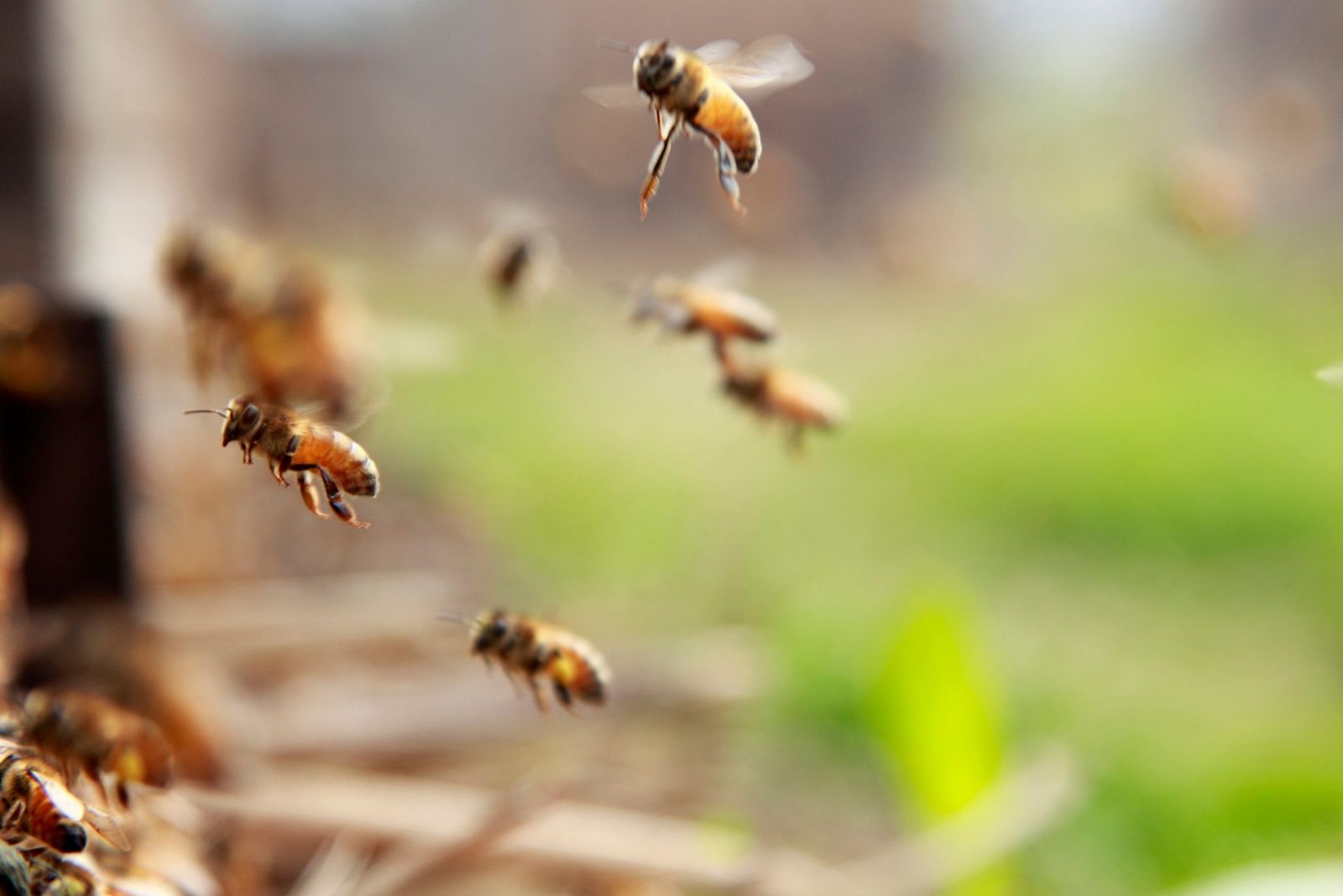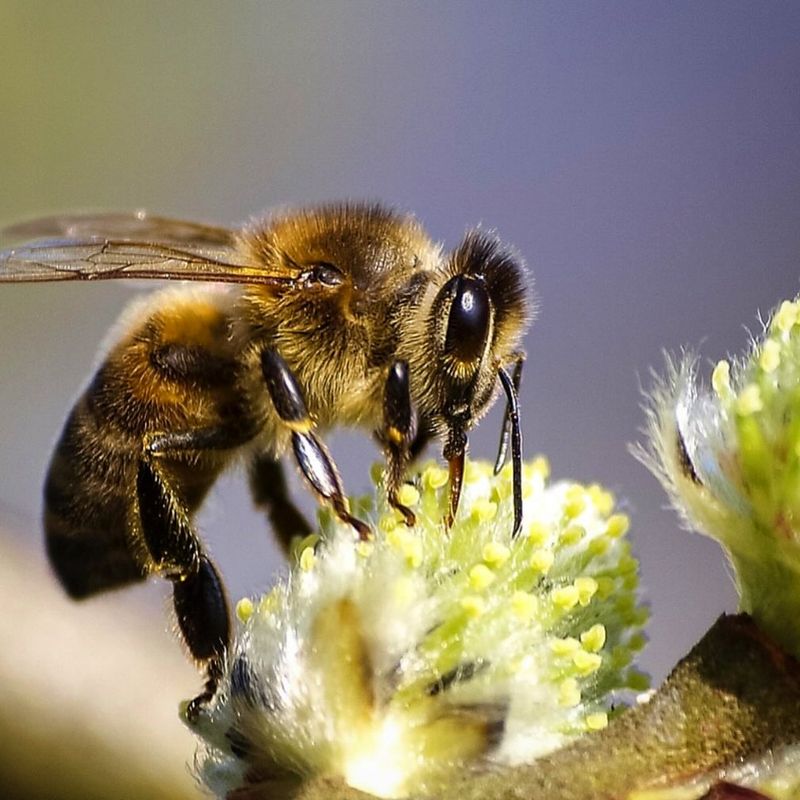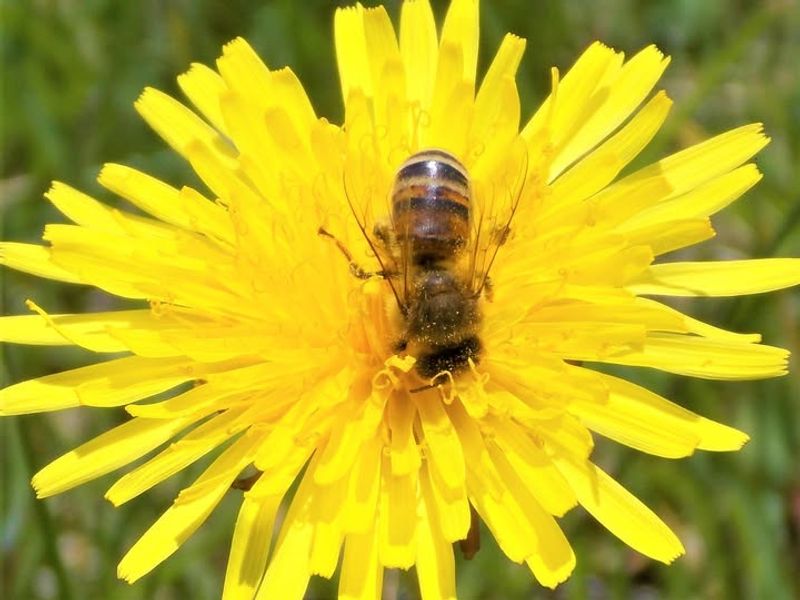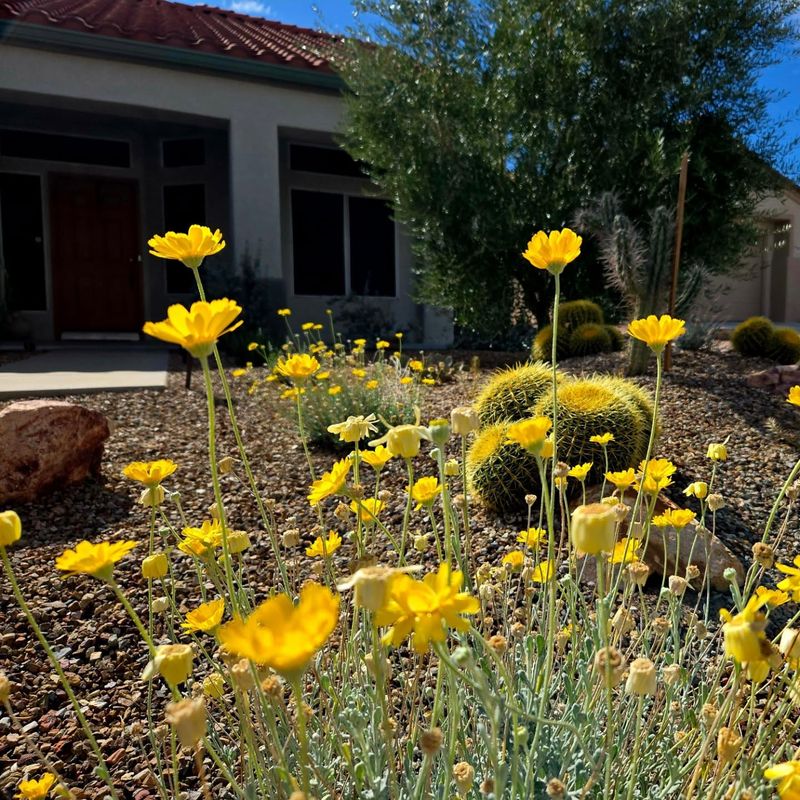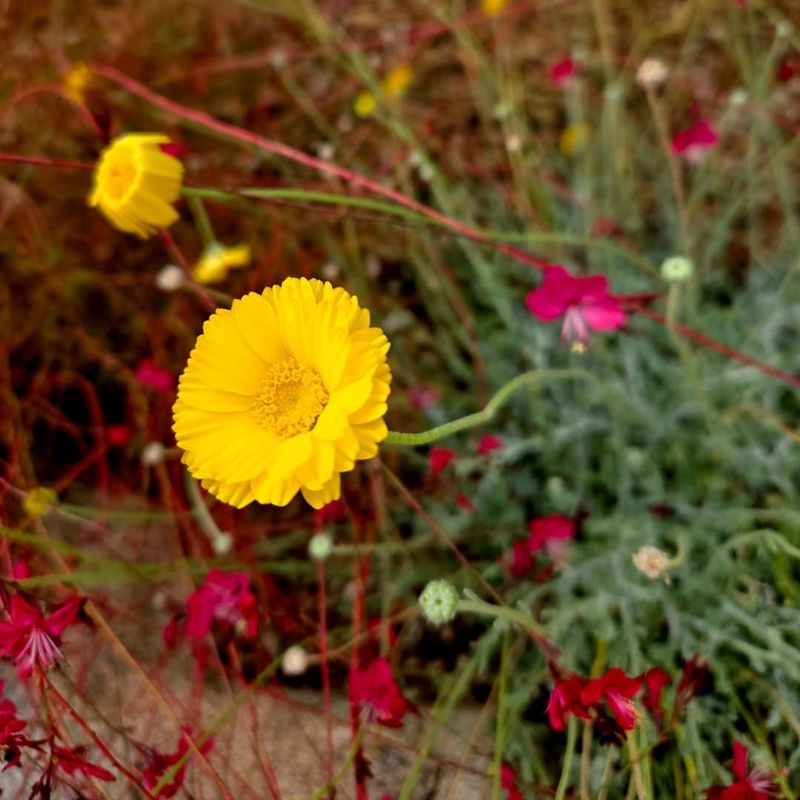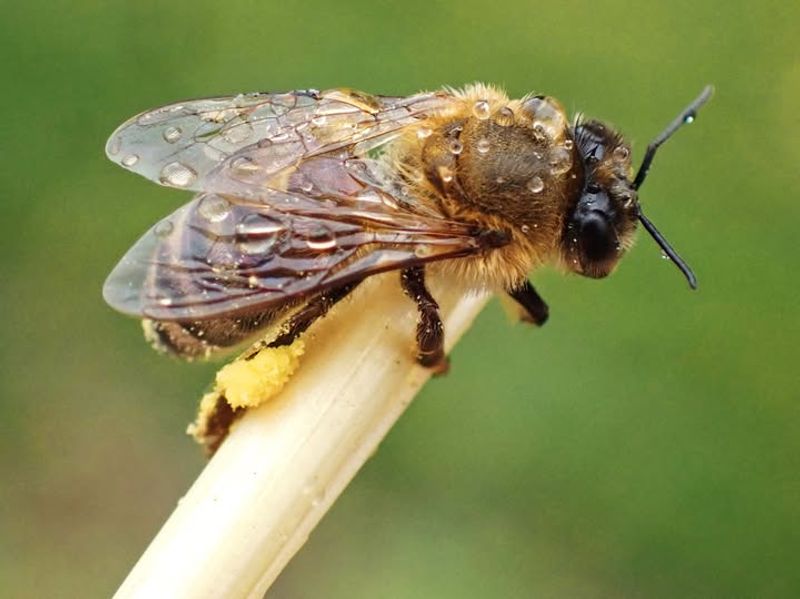Arizona’s bee populations are quietly shrinking, and that’s a problem for everyone who loves fresh food and beautiful gardens. Bees pollinate countless crops and wildflowers across the state, but habitat loss, pesticides, and climate challenges are making life harder for them.
The good news? Gardeners can make a real difference right in their own backyards by creating safe, welcoming spaces for these essential pollinators.
1. Habitat Loss From Urban Sprawl
Cities across Arizona keep expanding, swallowing up desert landscapes where native bees once thrived. When natural spaces disappear, so do the nesting sites and food sources bees depend on year-round.
Gardeners can fight back by planting native flowers and leaving small patches of bare ground for ground-nesting bees. Even a modest pollinator garden in Phoenix or Tucson provides crucial refuge. Think of your yard as a mini nature reserve that helps bridge the gaps between wild areas.
2. Pesticide Use In Home Gardens
Many common garden pesticides kill bees just as effectively as they kill pests. Neonicotinoids, found in countless lawn and garden products, are especially harmful because they persist in soil and plants for months.
Arizona gardeners should read labels carefully and choose organic pest control methods whenever possible. Beneficial insects, companion planting, and hand-picking pests work surprisingly well without chemical risks. Your roses might have a few aphids, but your local bees will thank you for going pesticide-free.
3. Extreme Heat And Drought Conditions
Arizona summers are brutal, and climate change is making them even hotter and drier. Bees struggle when temperatures soar above 110 degrees, and many native plants that provide food are blooming at different times or not at all.
Provide shallow water sources with pebbles or corks for landing spots, and plant heat-tolerant native species that bloom throughout spring and fall. A simple birdbath can become a lifesaving oasis for thirsty pollinators during those scorching June afternoons.
4. Disappearing Native Wildflower Populations
Desert wildflowers once carpeted Arizona hillsides each spring, offering bees abundant nectar and pollen. Development, overgrazing, and invasive plants have dramatically reduced these natural food sources.
Gardeners throughout Arizona can recreate this magic by planting native species like desert marigold, brittlebush, and penstemon. These plants evolved alongside local bees and provide exactly what they need nutritionally.
Plus, native wildflowers require far less water than non-native ornamentals, making them perfect for xeriscaping projects.
5. Monoculture Landscaping Practices
Endless lawns and single-species plantings dominate many Arizona neighborhoods, creating food deserts for bees.
When everyone plants the same ornamental shrubs, pollinators find little diversity in nectar and pollen sources. Break this pattern by choosing a variety of flowering plants that bloom at different times throughout the year.
Mix perennials, annuals, herbs, and flowering vegetables for continuous food availability. Your eclectic garden style might raise eyebrows initially, but it’ll buzz with grateful pollinators all season long.
6. Loss Of Natural Nesting Sites
Most people picture hives when they think of bees, but roughly 70 percent of native bee species nest underground or in hollow stems. Arizona’s tidy landscaping practices eliminate these essential nesting spots.
Leave some areas unmulched for ground-nesters, and keep dead flower stalks standing through winter for cavity-nesting species. You can also install bee hotels with paper tubes or drilled wood blocks. Messy corners aren’t lazy gardening—they’re strategic conservation efforts that support bee reproduction.
7. Non-Native Plant Invasions
Invasive species like buffelgrass and fountain grass are spreading across Arizona, crowding out native plants that bees rely on. These invaders often provide little to no nutritional value for native pollinators.
Remove invasive plants from your property and replace them with natives that evolved here. Check with your local cooperative extension office for identification help and removal strategies.
Fighting invasives might feel like an uphill battle, but every patch of restored habitat makes a measurable difference for struggling bee populations.
8. Lack Of Year-Round Bloom Succession
Many Arizona gardens look spectacular in spring but offer nothing for bees during summer and fall. Pollinators need consistent food sources across all seasons, not just one glorious month.
Plan your garden carefully to include early bloomers like globe mallow, summer flowers like desert honeysuckle, and fall favorites like asters. Arizona’s mild winters even allow some plants to bloom year-round.
Think of yourself as a restaurant owner who needs to keep the kitchen open for your most important customers every single day.

